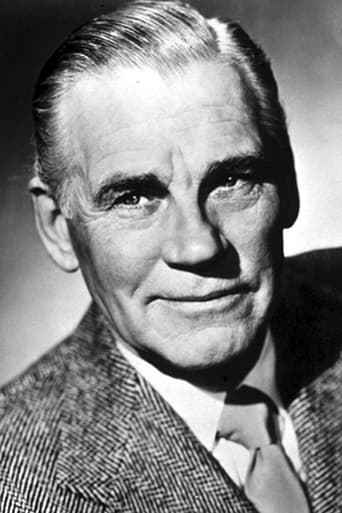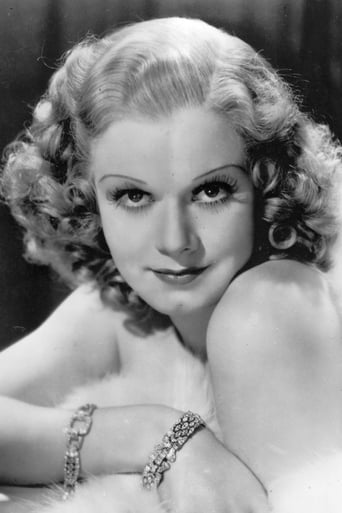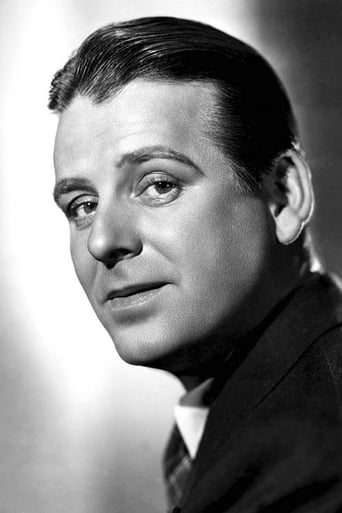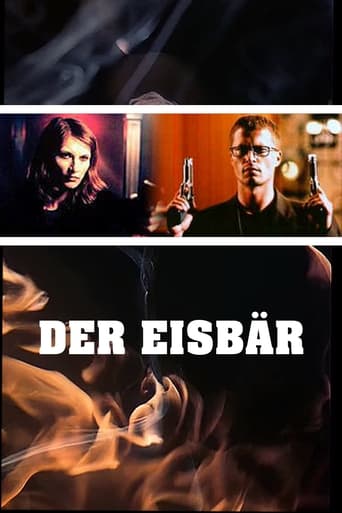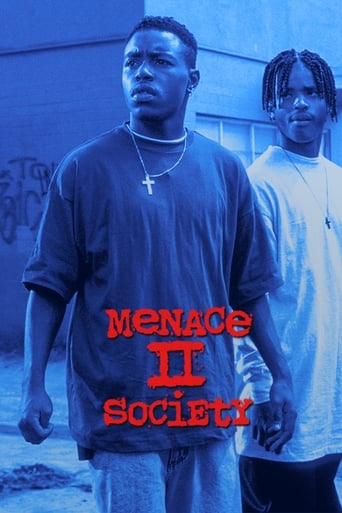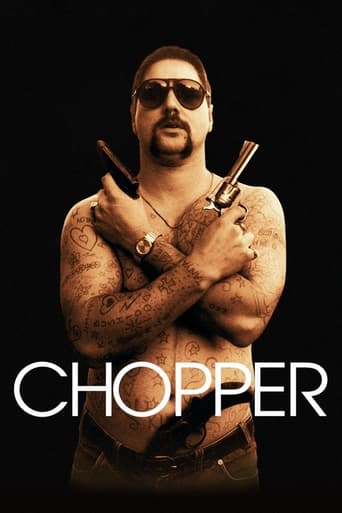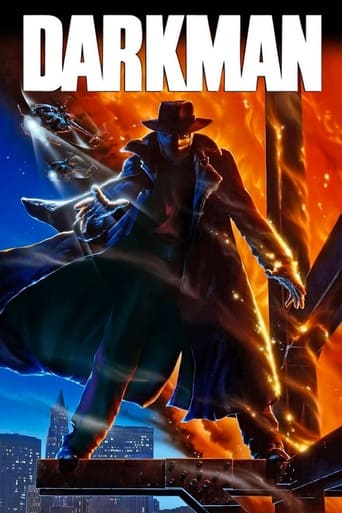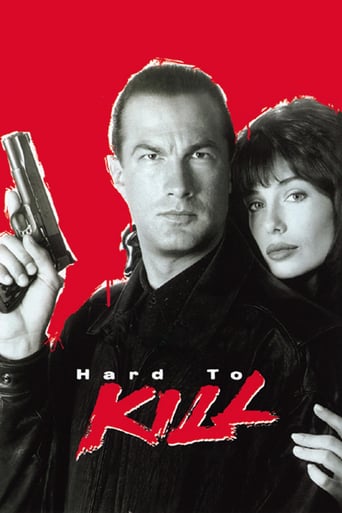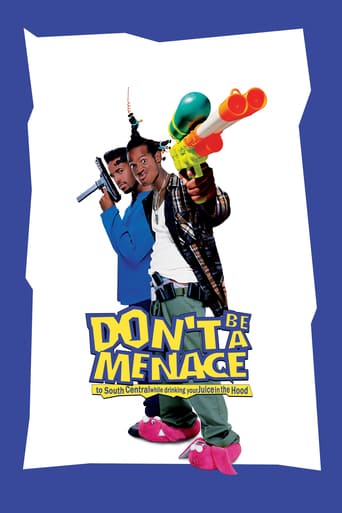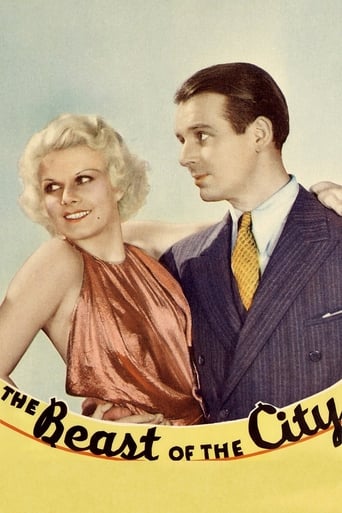
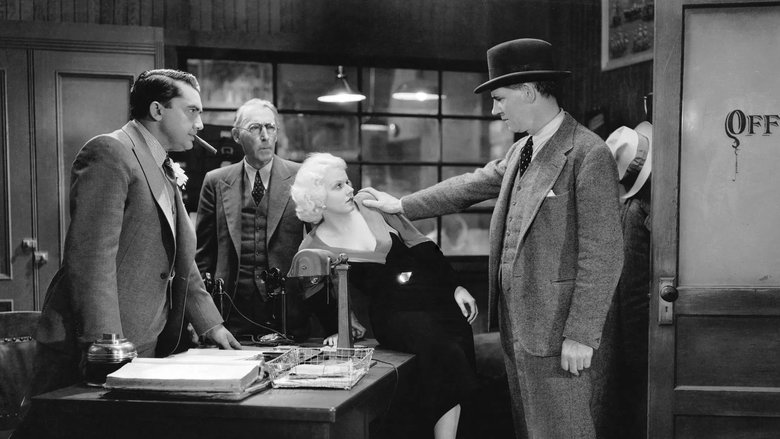
The Beast of the City (1932)
Police Chief Jim Fitzpatrick is after gangster Sam Belmonte. He uses his corrupt brother Ed to watch over Daisy who was associated with Belmonte.
Watch Trailer
Cast
Similar titles
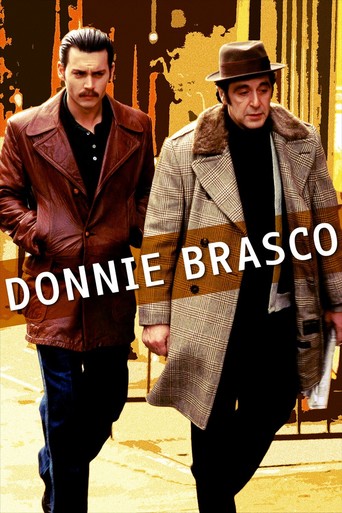
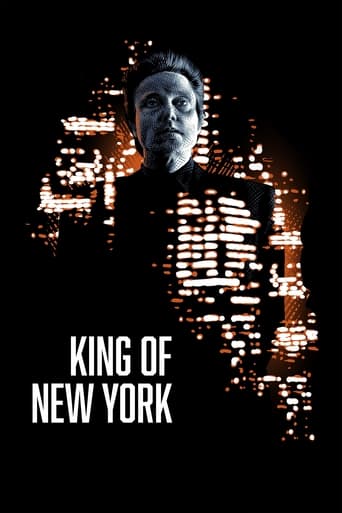

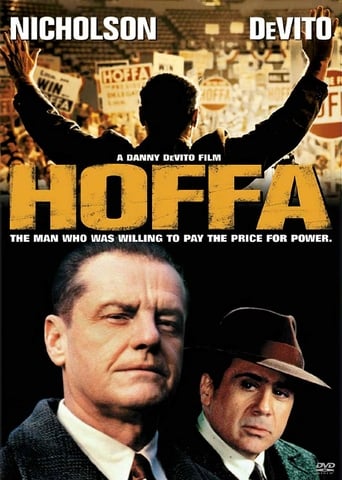
Reviews
I like the storyline of this show,it attract me so much
Excellent but underrated film
It's entirely possible that sending the audience out feeling lousy was intentional
It's the kind of movie you'll want to see a second time with someone who hasn't seen it yet, to remember what it was like to watch it for the first time.
Warner Archive offers a DVD of The Beast of the City (1932), in which Walter Huston plays a career cop who tries to clean up the city, despite determined opposition from politicians, the press, the public, his superiors - and even his brother (Wallace Ford) who has made an attachment with a gangster's moll (Jean Harlow). A dark and gritty film noir (which tends to go overboard in its concluding stages), the film was financed for Metro by William Randolph Hearst as an answer to Little Caesar. Both Louis B. Mayer and Irving Thalberg were horrified by the finished film and attempted to withhold it from release. They kept it on the shelf for a year and then instructed salesmen to make little attempt to book it into theaters. The MGM brass hoped the movie would show a loss (which it did) and thus discourage moneybags Hearst from further forays into the grim and totally alien world of film noir.
There is just something I like about old black & white crime dramas, especially when they are good. BEAST OF THE CITY is very good and has all the elements you look for plus an outstanding gun battle for a finale. Captain Jim Fitzpatrick(Walter Huston)heads crime investigations and sometimes appears to be a one man fighter against organized crime. Fitzpatrick arrests a well-known mobster Sam Belmonte(Jean Hersholt)at his night club for the murder of four gangsters. The charges as usual don't stick; thus keeping the captain constantly at odds with his chief(Emmett Corrigan). Jim is transfered to a quiet precinct; but he is still determined to get the goods to put Belmonte away for good. Jim has his brother Ed(Wallace Ford),also on the force, to pump the crime boss' stenographer Daisy(Jean Harlow)for some damaging information. Ed falls for the platinum blonde and soon appears to being swayed to the dark side. Organized crime has to be slowed down; Jim Fitzpatrick will turn vigilante gathering a few of the believers he still has in the department and has brother Ed set up a showdown with Belmonte in his night club. I was hoping that Harlow had more screen time. Other players in this crime drama: Tully Marshall, John Miljan, Dorothy Peterson, Sandy Roth and J. Carroll Naish.
The prologue says it all—people need to support the cops, not the gangsters. After all, it's 1932, the depths of the depression, and cops are seen by much of the public as enforcers of a broken system. Desperadoes like Dillinger, Baby-Face Nelson, and Bonnie & Clyde are romanticized as ordinary folks driven to robbing hated banks. At the same time, romanticizing films such as Public Enemy (1931) and Little Caesar (1931) are smash hits at the box-office. Tellingly, cops are depicted here as opposing a crime boss's (Belmonte) attempt to take over the city, not busting up strikes, enforcing repossessions, or chasing down dashing desperadoes.It's a pretty good crime movie up to the ridiculous climax, where the two sides look like warring armies engaged in a frontier showdown. Why a police chief would deploy his men so recklessly is a real stretch. But, never mind, since there's a metaphorical point at stake here —namely, that police will honorably and bravely defend families no matter the personal cost to them, much as seen in popular Western movies. As a result, what makes for a positive social message is seen in the shootout as not necessarily translating into persuasive cinema.Harlow makes for a convincing trollop—note her pre-Code liking for pain when properly done! Also, Walter Huston remains one of the fine forgotten actors from this period. Here, he again shows a real ability to convey strong emotion in an understated way. The movie also benefits from LA street locations. It's always a kick to see the styles and fashions from that long ago time. Anyway, taken in its time period, the movie remains very revealing in more ways than one.
This is an exciting Pre-Code cop film from MGM. When I say "Pre-Code", I am indicating that it was made just before the adoption of the Hollywood Production Code that was intended to clean up movies and eliminate sex, violence and other adult-only content in films. Because of this, the film is much more violent than films made in the mid-30s and later. It also features a lot of seamy dialog and content. A few examples of these taboos that were in some Pre-Code films would include:Police radio reports of "a nude woman on the corner of Elm and Berry" and an "indecent exposure".Memorable lines such as "the back of his head was blown out" and referring to the coroner's vehicle as "the meat wagon".These sleazy elements actually helped make the movie more exciting and seem more like a real police story. And it was exciting throughout until a very, very disappointing and silly ending. Yes, this ending WAS violent and satisfying on a baser level, but it just made no sense at all. This helped to make this movie a good time-passer with some sleazy elements, but not much more. Exciting but not all that satisfying.In addition to all the excitement, look for a very young and pretty adorable Mickey Rooney as Walter Huston's son.
